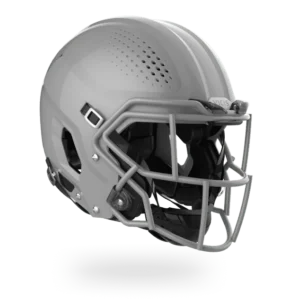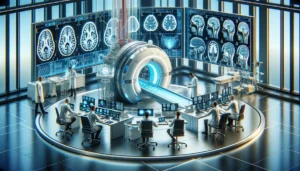Traumatic brain injury (TBI) is an injury to the brain or head that causes traumatically induced physiological disruption of brain functions or structural injury because of an externally inflicted trauma. Early identification and intervention are foremost in diagnosing, treating, and managing patients with mild, moderate, and severe TBI. Hence, the use of TBI medical guidelines is important for healthcare professionals to help patients with TBI.
These TBI medical guidelines are systematically developed recommendations to support diagnosis, treatment, and long-term patient management by implementing evidence-based medicine. Also, it helps in quality improvement and consistency of care. The guidelines comprise statements that provide information to the healthcare professionals on how they should care for the patient with specific conditions.
Traumatic brain injury medical treatment guidelines
TBI medical treatment recommendations include non-operative therapeutic procedures and operative therapeutic procedures. First, emergency healthcare professionals may perform the initial resuscitation and neurologic treatment. Then, when the patient is stable, he/she is transported to a hospital or trauma center for further evaluation, treatment, and management.
ICP monitoring: For the patients with a low Glasgow Coma Scale (GCS), intracranial pressure (ICP) and cerebral perfusion pressure (CPP) monitoring are done. It is also useful in patients with structural brain damage. ICP monitoring is an essential component in the treatment and management of severe TBI. Cerebral oxygen saturation monitoring is used along with ICP monitoring to estimate the effects of treatment on oxygen delivery to the brain.
Advanced neuromonitoring: Cerebral autoregulation and advanced neuromonitoring help in identifying a better and customized approach to treatment. Cerebral blood flow monitoring and cerebrovascular pressure reactivity index may help determine autoregulation status, which accesses patient-specific ICP and CPP goals.
Hyperventilation: For acute TBI, hyperventilation is not recommended. In sporadic cases, doctors may use controlled hyperventilation for brief periods.
Medications: In the settings of transtentorial herniation or neurologic deterioration not related to systemic pathology, hyperosmolar agents may be used. Anticonvulsants are needed in high-risk patients to prevent early post-traumatic seizures. Progesterone may help to reduce mortality and disability in acute TBI cases.
Hypothermia: Techniques like the intravascular infusion of cold crystalloid, body cavity lavage, and surface heat exchange devices can help achieve therapeutic hypothermia. It helps to decrease some physiologic and metabolic processes that can cause neural damage post-injury.
Non-operative therapeutic procedures: As TBI is a complex condition, it needs interdisciplinary treatment. TBI medical treatment must emphasize community reintegration goals. Treatment frequency and session duration vary as per the patient’s tolerance that may evolve with time. Severe and moderate TBI may cause lifetime deficits. For such patients, doctors use a long-term disability management model. Following a TBI, the doctor can evaluate and modify the treatment periodically.
Nutritional support: Nutritional support is the key to the treatment. It should begin early when the patient is stable. TBI medical treatment guidelines suggest enteral nutrition over parenteral nutrition. Methods like post-pyloric feeding are appropriate because they are associated with a lower pneumonia rate. Doctors try to achieve full nutritional supplementation needs within seven days of the injury.
Patient/Family/Support system education: It is crucial to provide injury, treatment, management, and recovery-related education to TBI patients along with their family or support system. Mild TBI patients progress to recovery and do not need interdisciplinary treatment. However, moderate-to-severe TBI cases need formal treatment team conferences that involve the patients, family, or support system. This education mostly includes health issues related to traumatic injury, brain-behavior relationships, comorbid illnesses, emotional adjustments, changes in the role of family or support system members, etc. The families or support system and patients need education related to caregiver training. It is important as part of the long-term maintenance plan. Typically, case managers, rehabilitation counselors, social workers, family counselors, licensed mental health professionals, or nurses offer all the information.
Surgical management: In most cases of severe TBI, operative therapeutic procedures are appropriate. Surgeries are suitable to remove epidural hematomas, subdural hematomas, cerebral contusions, or intracerebral hematomas. Surgical evacuation and management are performed immediately. For controlling ICP, decompressive craniectomy is beneficial.
TBI medical guidelines for pediatric patients
Pediatric TBI medical protocols must include age-appropriate physiologic parameters. Hypoxia and hypotension must be prevented. Pre-hospital management must be optimized throughout transport and admission. If a pediatric trauma center is not nearby, the child must be transported to an adult trauma center capable of treating pediatric patients.
TBI medical guidelines for elderly patients
Neurologic evaluation of the elderly patient may be complicated because of pre-existing conditions like dementia, hearing/vision deficits, cognitive decline, etc. Hence, careful evaluation is necessary. The pre-injury neurological baseline is determined with the help of family or caregivers.






